Events
Events Calendar
WiPA de-stress event
Wednesday, May 4, 2022, 1 p.m. through Wednesday, May 4, 2022, 6:06 p.m.
Tate 301
Colloquium: Alex McLeod, University of Minnesota; & Student Awards
Thursday, April 28, 2022, 3:35 p.m. through Thursday, April 28, 2022, 4:35 p.m.
Tate B50/Remote option via zoom
Unveiling the Realm of Quantum Materials with Nano-optics
Abstract: Tool sets wielded by condensed matter researchers over the past century have expanded meteorically into frontiers of the ultra-small and ultra-fast, today leveraging advancements like atomically precise crystal growth, nano-scale device assembly, and femtosecond spectroscopy with ultrafast photon pulses. On the other hand, despite breathtaking 20th century advancements in photon sources and detection technologies, our capacity to resolve condensed matter through optical spectroscopies has remained largely arrested by the diffraction limit since its 19th century observation by Ernst Abbe. However, recent decades have seen the marriage of “conventional” optics with scanning probes to circumvent the diffraction limit, realizing a nanometer-resolved optical spectroscopy mediated fundamentally by electromagnetic near-fields. In this talk, I review and celebrate the breakthrough of this technique into regimes of low temperature and nanometer spatial scales necessary for fundamental studies of quantum materials. I showcase seminal investigations of collective excitations in 2-dimensional media like graphene, electronic phase competition in correlated electron solids, and on-demand control of optical properties in strongly interacting materials. I will share my ambitious perspectives for the future of nano-optical probes for quantum materials, a future that is simultaneously ultra-bright and ultra-small, and fundamentally transformative for optical spectroscopies of complex matter.
https://umn.zoom.us/j/94831171860
Van Vleck Colloquium: William Unruh, University of British Columbia
Thursday, April 21, 2022, 3:35 p.m. through Thursday, April 21, 2022, 4:35 p.m.
Tate B50/Remote option via zoom
Abstract: In 1976 I predicted that an accelerated detector in the vacuum would respond as though it were immersed in a thermal bath with temperature proportional to the acceleration. The proportionality factor is very small, so that to see a temperatures of 1K would require and acceleration of about 10^22cm/(second squared). An analogous effect can take place in a fluid where the velocity of sound takes over from the light velocity. In a BEC which remains fluid at temperatures of 10^(-12)K and with a velocity of sound of mm/s, an analog of this effect holds the possibility of seeing this effect in an experiment using a novel energy laser interferometer. I will be reviewing the successes of using such analog systems to measure Hawking radiation, and our proposal of also measuring the acceleration effect in an analogue system.
This colloquium will have a remote option via zoom:
Van Vleck Public Lecture: William Unruh, University of British Columbia
Wednesday, April 20, 2022, 7 p.m. through Wednesday, April 20, 2022, 8 p.m.
Coffman Union Theater, 300 Washington Ave. S.E./Remote option via zoom
About the Talk: The detection of gravitational waves from events such as the collision of black holes is based on one of the most exquisitely sensitive experiments in the world. Although the energy released in the original collision is as large as that from anything humans have ever observed, the resulting ripples in space-time are so small by the time they reach the earth that they generate displacements less than a billionth of a billionth of a meter. This is why gravitational waves resisted detection for a century until their observation in 2015, a feat recognized by the 2017 Nobel Prize in Physics. At present, the key source of noise limiting the sensitivity in these experiments is due to quantum mechanics. Given that the detector mirrors weigh 40 kg, it is astounding that the quantum theory originally developed for atoms matters in this case for macroscopic objects. This year’s Van Vleck lecture will explore this phenomenon. Things can go strangely in the quantum world, and Professor Unruh will show how it is possible to reduce the effects of this noise by actually injecting more quantum noise into the detector.
About the speaker:
William Unruh received his Ph.D. in 1971 under John Wheeler (the person who popularized the name "Black Hole" for the phenomenon). In trying to understand the quantum mechanics of black holes, Unruh discovered the Unruh effect and the Unruh vacuum around black holes. His work has concentrated on the overlap between quantum mechanics and gravity, leading to work on the nature and measurement of time, the study of (non-)non-locality. in quantum mechanics, the quantum origin of matter in early cosmology, the impact of quantum mechanics on the detectors of gravitational waves, and other effects in the same general area. He holds a number of honors including Fellowships in the Royal Societies of Canada and of London, and is a Foreign Honorary Member of the American Academy of Arts and Sciences. At present he is Professor of Physics and Astronomy at the University of British Columbia; Distinguished Research Chair at the Perimeter Institute; and Research Professor at Texas A&M University.
The lecture is free and open to the public, but registration is requested
Women in Astronomy and Physics Lecture Series (WAPHLS): Ana Maria Rey, University of Colorado, Boulder
Tuesday, April 19, 2022, 4:30 p.m. through Tuesday, April 19, 2022, 5:30 p.m.
via zoom
Abstract: Harnessing the behavior of complex systems is at the heart of quantum technologies. Precisely engineered ultracold gases are emerging as a powerful tool for this task. In this talk I will explain how ultracold strontium atoms trapped by light can be used to create optical lattice clocks – the most precise timekeepers ever imagined. I am going to explain why these clocks are not only fascinating, but of crucial importance since they can help us to answer cutting-edge questions about complex many-body phenomena and magnetism, to unravel big mysteries of our universe and to build the next generation of quantum technologies.
Colloquium: The Genesis of the CPT Theorem
Thursday, April 14, 2022, 3:35 p.m. through Thursday, April 14, 2022, 4:35 p.m.
Remote only (via zoom)
Abstract: The CPT theorem is a well-known and well-established fundamental result in relativistic quantum field theory (QFT), stating that any such theory will be invariant under a sequence of transformations consisting of time reversal (T), spatial inversion (P), and charge conjugation (C). In my talk I will show how this combined transformation arose in the work of Julian Schwinger, Gerhart Lüders, Wolfgang Pauli and John Bell, in particular in the search for an adequate relativistic and field-theoretic generalization of the notion of time reversal in the early 1950s. I will thus aim to explain the surprising fact that the CPT theorem was first proved a couple of years before taking center stage with the discovery of parity violation in 1957. (Based on joint work with Andrés Martínez de Velasco.)
SPA Graduate Student Mental Health and Wellness Survey
Monday, April 11, 2022, 3:35 p.m. through Monday, April 11, 2022, 4:35 p.m.
PAN 110/Remote Option via Zoom
At the request of the Climate and Diversity Committee, a survey on mental health and wellness was administered this winter to graduate students in the School of Physics and Astronomy. The survey was administered by Boynton Health Services in partnership with the Council of Graduate Students' (COGS) and Professional Student Government (PSG) Mental Health & Wellness Committee. More than a dozen other departments have participated in this survey project since it was first developed in 2013 in cooperation with the Chemistry Department. This is the second time we have participated in this survey; the last time was in 2018.
The goal is to assess the state of mental health and wellness among graduate and professional students, including risk and protective factors. Following completion of the survey, each participating School holds a meeting of graduate students,faculty, and staff in which Dr. Lust (Epidemiology and Community Health) shares the results of the survey. This year we will follow the roughly 30-minute presentation with breakout sessions facilitated by members of the Climate and Diversity Committee where we will explore the implications of the findings and how they might be addressed by follow-up actions. All this will happen in person in the various conference rooms with refreshments served. An online option is also available.
Colloquium: Physics of Morphogenetic Matter
Thursday, April 7, 2022, 3:35 p.m. through Thursday, April 7, 2022, 4:35 p.m.
My lab studies how the movement and shape of living cells is controlled by the dynamic biomolecular assemblies within the cell interior. In this talk, I will describe my lab’s recent efforts to understand the design principles of the active, soft materials that control the shape and motion of adherent cells. In particular, we are interested in the design principles by which protein-based materials generate, relax, sense, and adapt to mechanical force. Here I will describe our current experimental efforts using optogenetic approaches to elucidate design principles of living matter.
Colloquium - Black and Gold: Capturing Neutron Star Mergers from the Ground and Space
Thursday, March 31, 2022, 3:35 p.m. through Thursday, March 31, 2022, 4:35 p.m.
B50/with remote option
Neutron star binary mergers are powerful and distinctive sources of gravitational waves but also leave behind broadband electromagnetic radiation in the form of gamma-ray bursts, afterglows, and kilonovae. Multimessenger observations of them can be remarkably illuminating in topics from fundamental physics to cosmology to nucleosynthesis. To date, LIGO and Virgo have detected several neutron star mergers, one with an exceptionally bright and well-studied electromagnetic counterpart. Electromagnetic follow-up of gravitational-wave sources is highly rewarding but also highly challenging because telescopes may have only hours to scan over the LIGO/Virgo/KAGRA localization before the blast reddens and fades beyond detectability. I will discuss several interconnected topics related to observing neutron star mergers from the ground and space: ground-based kilonova searches with the Zwicky Transient Facility, a proposed NASA mission for rapid ultraviolet observations of mergers, next-generation algorithms and software to optimally coordinate follow-up with networks of telescopes, and what to expect from the upcoming observing run of LIGO, Virgo, and KAGRA.
Here's the link to sign up to meet with him.
Colloquium: From Flash Gordon to Laser Surgery
Thursday, March 24, 2022, 3:35 p.m. through Thursday, March 24, 2022, 4:34 p.m.
B50/with remote option
As a child, I was fascinated by television programs about Flash Gordon. His partner in conquering the universe was Dr. Alexis Zarkov, a physicist, who had invented, among other things, a death ray gun. In my senior year of high school, I had a fabulous physics teacher, Lewis E. Love, and I knew after one week that I wanted to be a physicist, not a medical doctor, which is the career my parents wanted me to pursue.
In the late 1970s I had the inspiration to acquire an excimer laser for the Laser Physics and Chemistry group at IBM. Using this laser, my colleagues and I discovered excimer laser surgery, capable of removing human and animal tissue with great precision, while leaving the underlying and adjacent tissue free of collateral damage. This discovery laid the foundation for the laser refractive surgical procedures of PRK and LASIK, which have been used to improve the visual acuity of >50 million people, including my son Keith, General Mark Milley, and Michelle Obama.
Today, I am working on validating my concept that the argon fluoride excimer laser can serve as a “smart scalpel,” capable of debriding necrotic lesions of the skin without damaging the underlying and adjacent viable tissue, leading to faster healing, reduced pain, reduced probability of infection, and minimal scarring.
I will describe these innovations and the path to their discovery.
To quote Louis Pasteur, “Chance favors the prepared mind!”
School News
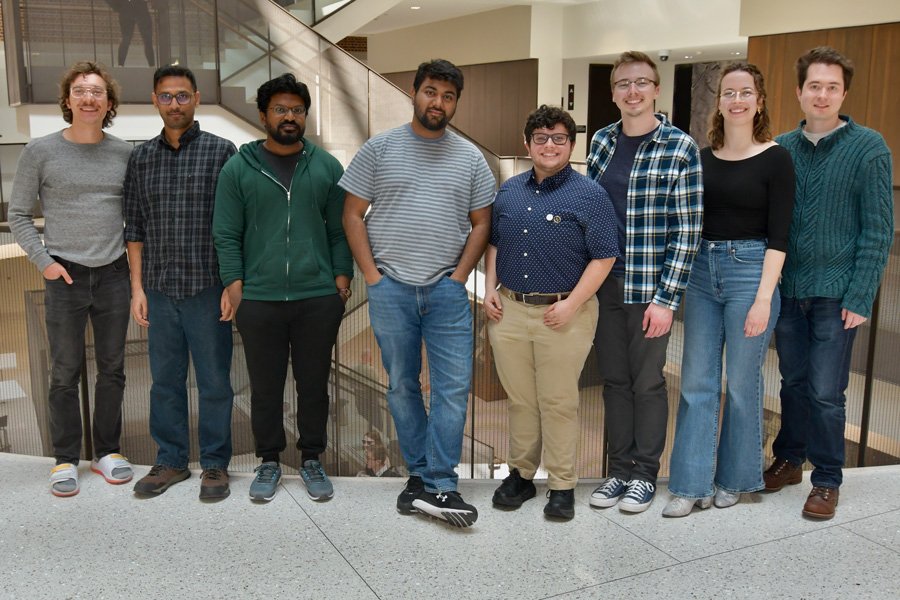
2024 Graduate Awards and Fellowships
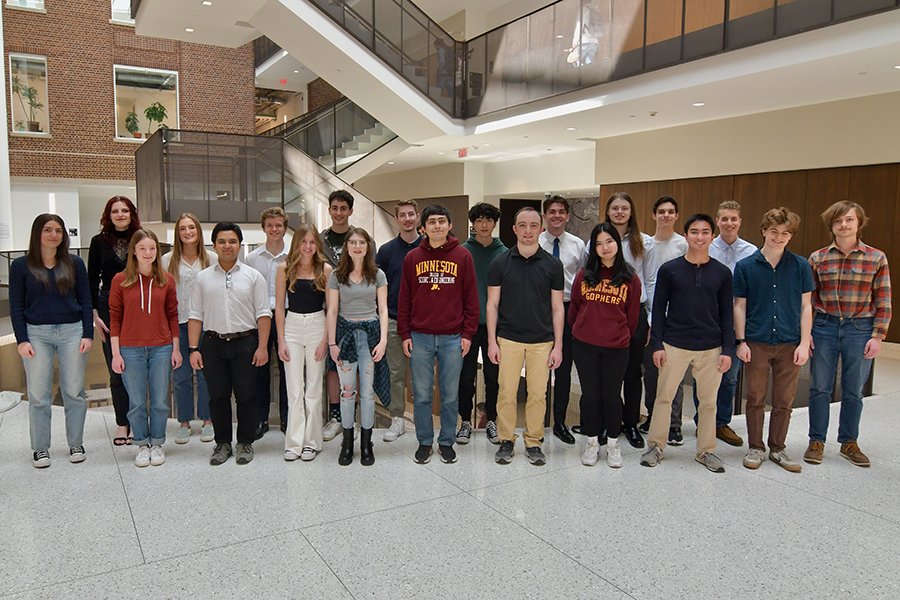
2024 Undergraduate Scholarship Recipients
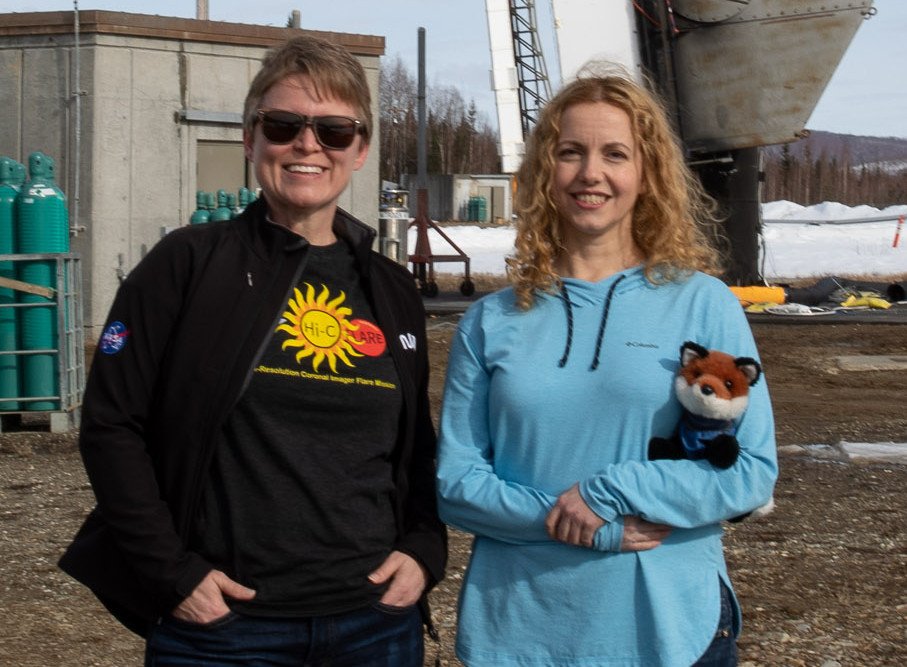
Glesener part of NASA's first solar flare observation campaign
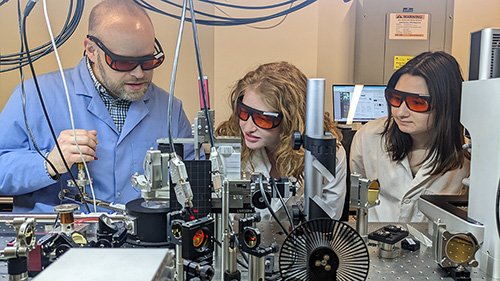
Inside Professor McLeod’s Nano-Imaging Laboratory
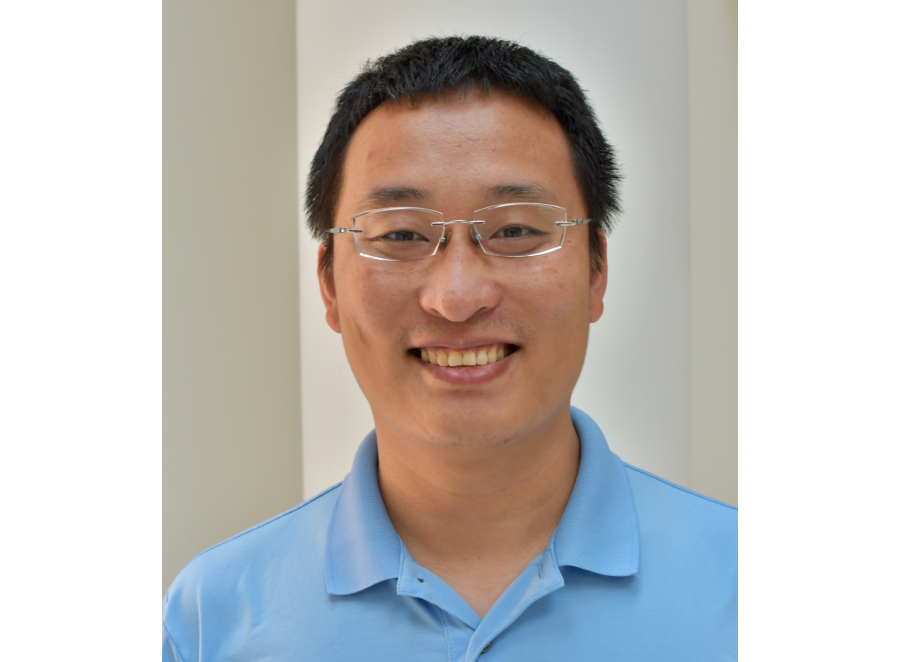
Liu receives prestigious Sloan Research Fellowship for early-career researchers
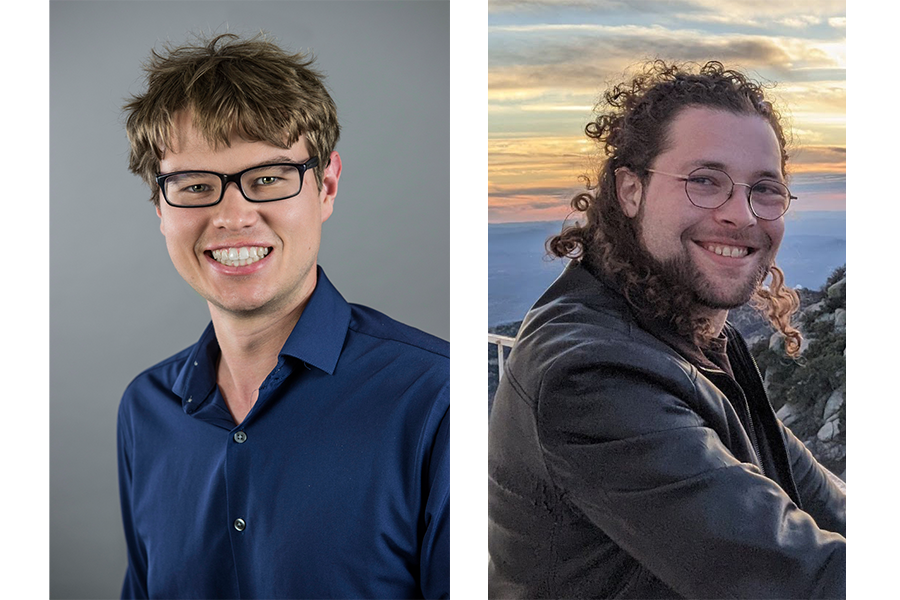
Coughlin and Criswell part of comprehensive UV light survey
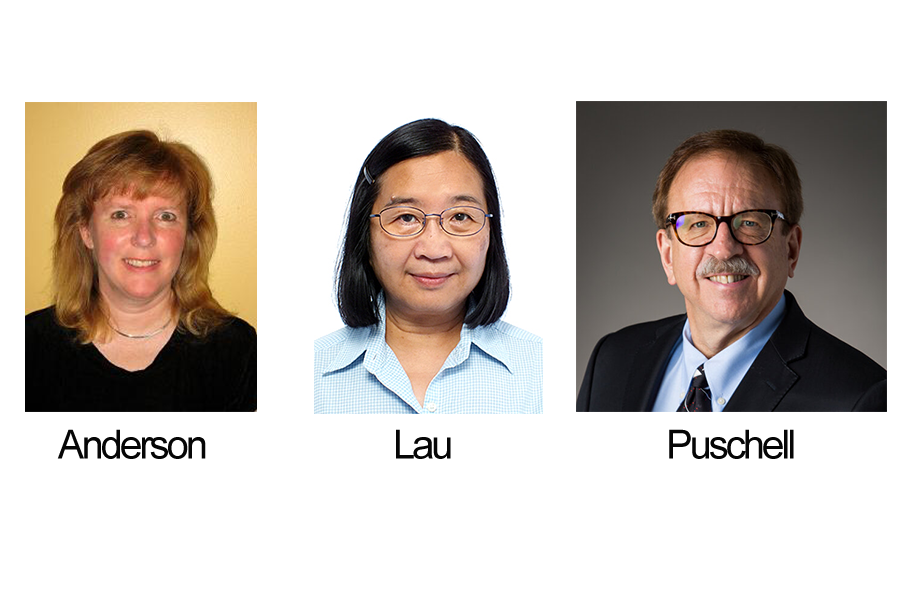
Three School Alumni elected to National Academy of Engineering
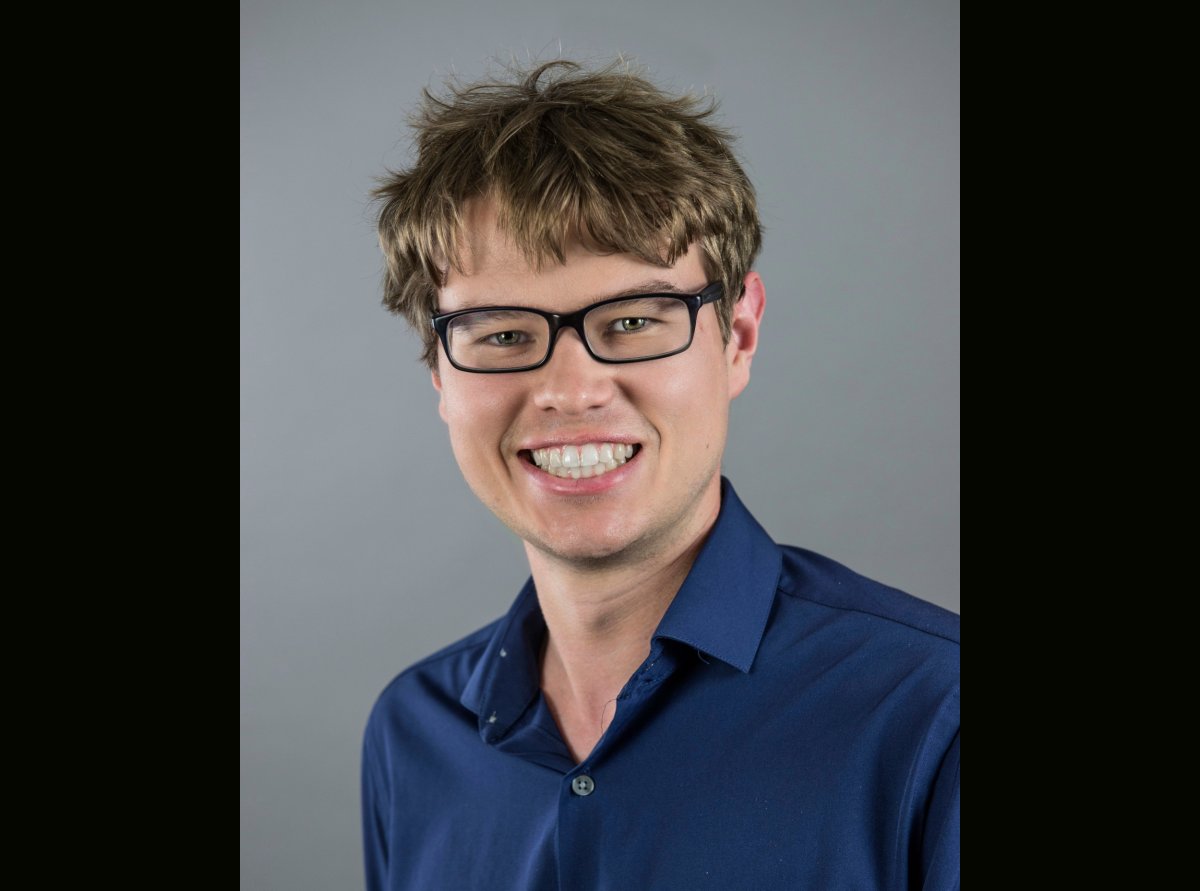
Coughlin receives McKnight Professorship

Humphreys Awarded Medal from Royal Astronomical Society
